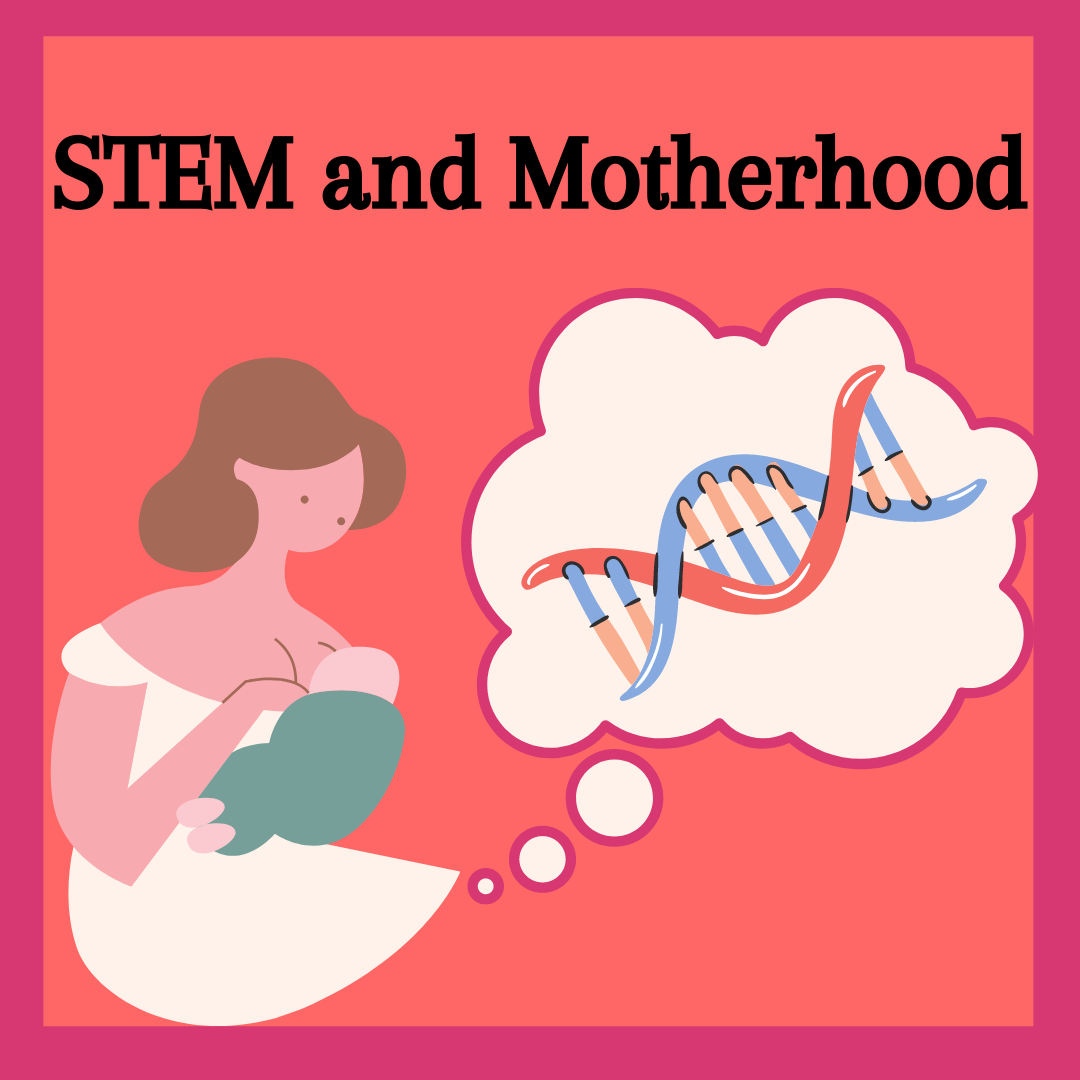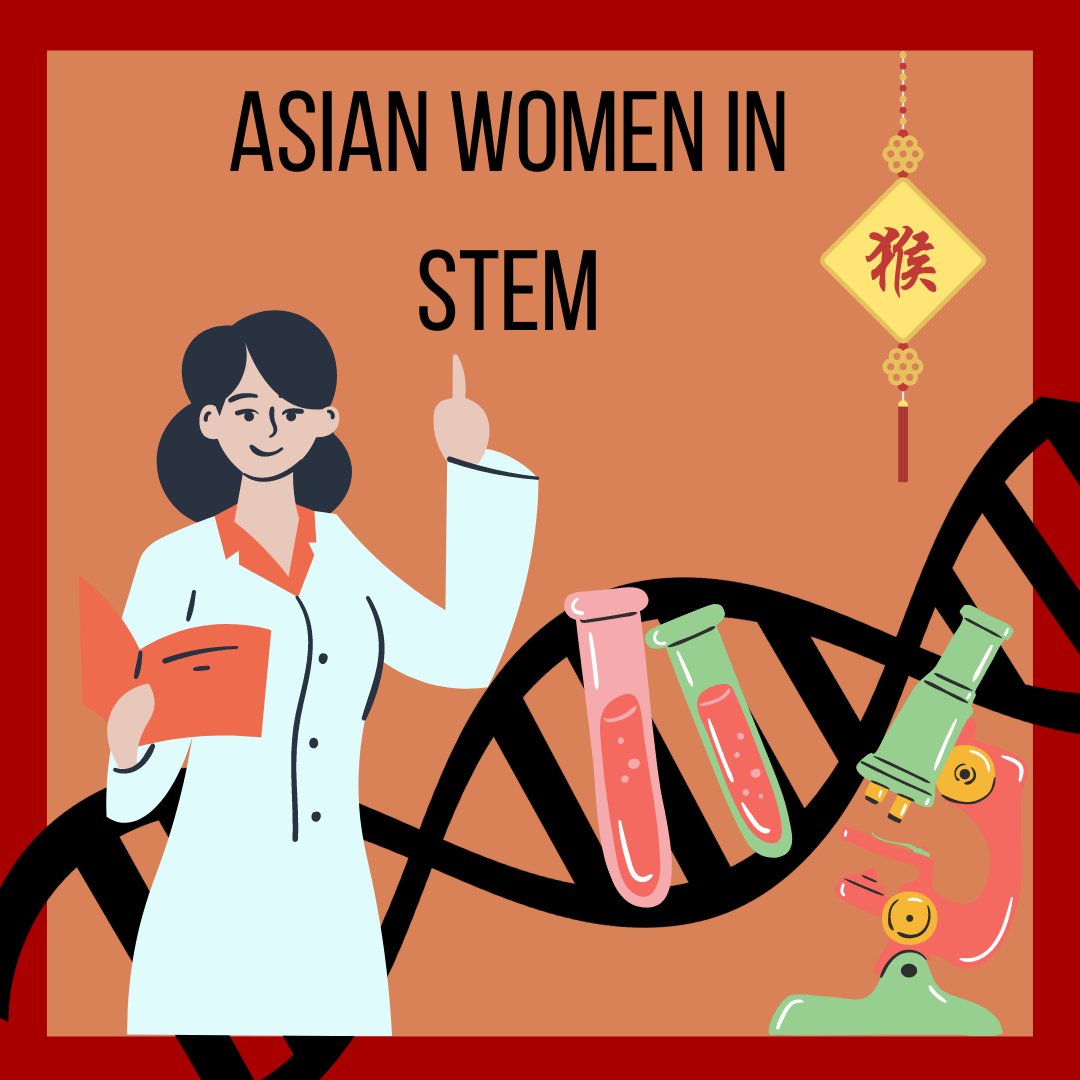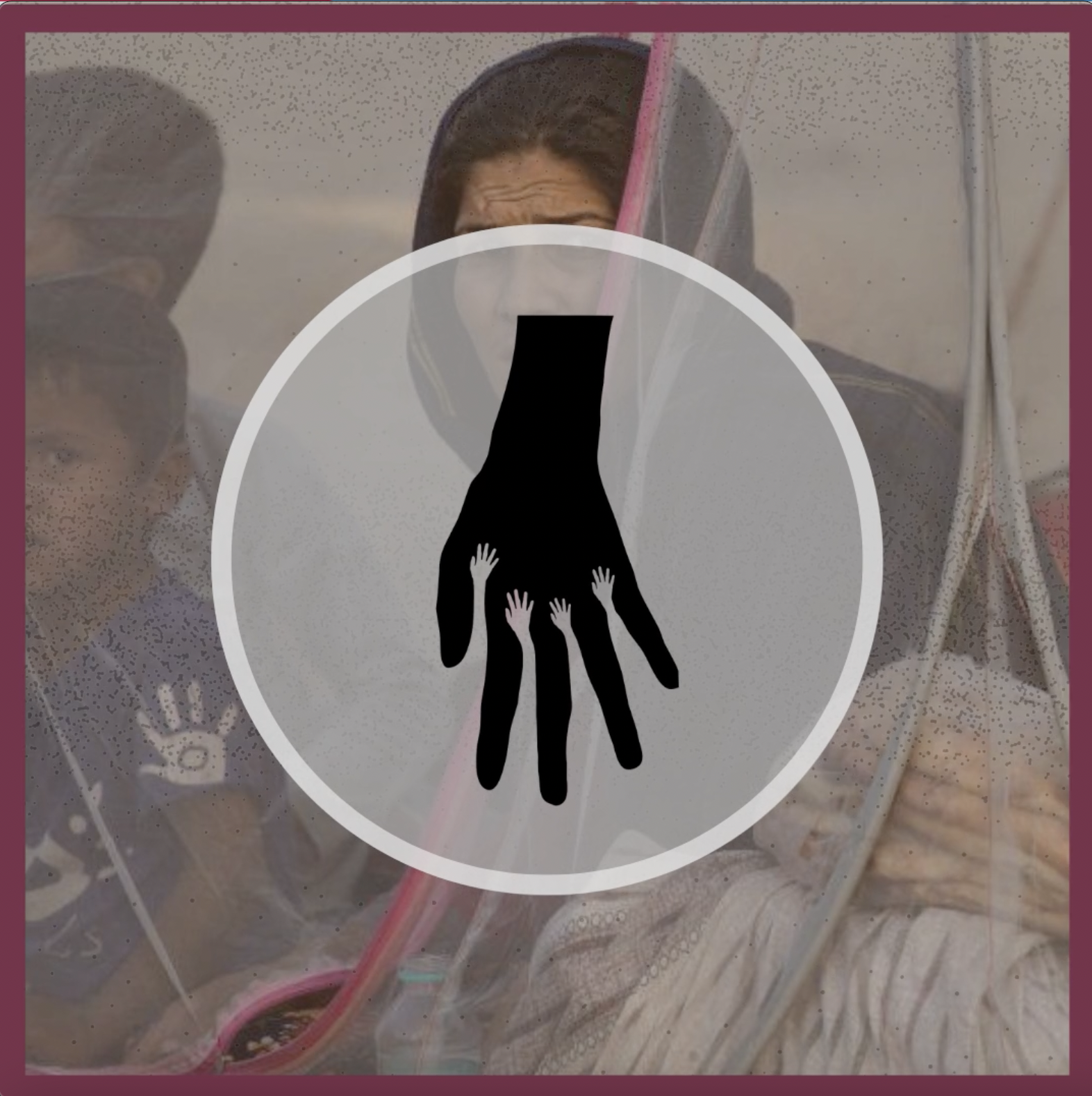Scientific superstar, Christiane Nüsslein-Volhard, is a German biologist known for her work in identifying genes in a fertilised egg influence embryo development. With the mind of a biologist and the eye of an artist, Christiane proved the two disciplines to be complementary, despite common belief. Her unique perspective could only lead to pioneering discoveries and glass-shattering initiatives. Let’s get into the how.
First, a little backstory.
With a family (including 4 siblings) entrenched in the arts, boldness was somewhat of an inherent trait for Christiane. She knew by the age of 12 that she wanted to be a biologist. And what complements boldness better than encouragement? Now a “National Treasure” of her country, growing up in post-war Germany had trials some would consider dire. However, when finances couldn’t support buying new toys, her parents built them for her. Her siblings listened to her “tales and theories” while her parents fuelled her passion and interest for plants and animals the best way they knew how – through books.
“I had a very intense relationship with my father, who was always extremely interested in what we kids were doing. I actually think the secret of many successful women is having a father who encourages them.”
– Christiane Nüsslein-Volhard
Her perspective remains prominently that of an artist, even today. We can see this reflected throughout her life and career. She even stated that she was attracted to work with Drosophila because she found them pretty!

“It’s always nicer to work on something you find beautiful”
– Christiane Nüsslein-Volhard
As a student, she lost interest quickly and was “decidedly lazy”. This meant her exam grades were “mediocre”. She switched through many classes and courses at university. Her once exciting biochemistry course in Tübingen became “too much organic chemistry, too little biology.” Even through her graduate training, hasty onset of boredom reigned, “Although I was an experienced molecular biologist, I got bored with my projects at the end of my thesis,”.
“I lived close to the market place, right across from the best movie theater. Rather primitive, but pretty, no shower, cold water, no central heating, but everybody I knew lived like that and it was quite romantic.”
– Chrsitiane Nüsslein-Volhard about life at Tübingen
Next, her craft.
We start out as a single cell – an egg, fertilised by male gamete (sperm in humans). So how do we grow a heart, a brain, hands, feet and even eyes? This is the seemingly impossible question Christiane set out to answer.
In the 1970s, it was largely unknown how fertilised eggs eventually developed into morphologically complex organisms. In 1978, Christiane joined the European Molecular Biology Laboratory in Heidelberg, Germany. She began work with Eric Wieschaus and together, they developed a process called saturation mutagenesis. This allowed them to create mutations in adult Drosophila (translation, fruit fly) genes and observe the effect this would have on the offspring. By 1980, the duo had identified 15 genes that ‘instruct’ cells to develop in specific ways to form a complex fly. The establishment of this understanding had a tremendous impact on the study of reproduction and pioneered research into causes of birth defects.
“Creativity is combining facts no one else has connected before.”
– Chrisitiane Nüsslein-Volhard

The researchers triggered not only a better understanding of how we go from one cell to functioning human beings but also the global project to map the genes of all life forms, including, you guessed it, the Human Genome Project. So, her work means that today you can believe in IVF more strongly, understand why all children in that family have the same birth defect and, of course, why you grow a hand and not a wing. At the same time, it opened up the very idea of genetic engineering. So, if we ever do get to choose to grow wings instead of hands someday, you know who to thank. 😛

Alongside her partner, Christiane Nüsslein-Volhard was awarded the 1995 Nobel Prize in Physiology or Medicine for her work in identifying the impact of genes on the development of embryos.
Now, the real beauty of it all.
Now, what comes with the Nobel Prize, along with a sense of accomplishment (of course), is an air of publicity. The recipient of this award is immediately propelled into a worldwide platform, a platform that Christiane recognised as one she could use to fix a problem she came across– campaigning an increase in support for women in science! This woman already had my awe, but this bit handed her my heart.
“Women are, measured by their scientific potential, underrepresented in leading scientific or research positions. Our foundation targets specifically the problem that makes life so difficult for many female scientists, namely balancing family obligations with the duties of an independent researcher.”
– The Christiane Nüsslein-Volhard (CNV) Foundation
Christiane never had children and strongly believes that women scientists who want a family are at a disadvantage. Think about it, a graduate or postdoctoral scientific superwoman does have to think twice before committing to an expectedly time-consuming family. It would almost definitely mean time sacrificed either in the lab or at home, even with other family members helping out. Did I say think twice? I meant thrice, or maybe a couple of hundred times. Naturally, this brings up the question, if men don’t need to choose between career and family, why do we? To resolve this issue, Christiane decided to help fix the problem. In 2004, she founded the Christiane Nüsslein-Volhard (CNV) Foundation for the ‘Advancement of Science and Research’ a.k.a. a foundation providing young female scientists grants for household help and childcare.
“The important thing with the CNV Foundation is to teach women that it’s okay to let people help you because you can’t do everything yourself.”
– Christiane Nüsslein-Volhard

Christiane continues her work, now even in vertebrates, as Director Emeritus at the Max Planck Institute for Developmental Biology in Tübingen. Currently, she is exploring “the scientific basis of beauty in animals”. I wasn’t lying when I told you she finds ways to make art complement biology.
“When you look at animals like peacocks or birds of paradise, some evolutionary biologists have argued that they grow such extraordinary feathers to prove that they’re strong enough to carry them around, or whatever, and of course that’s rubbish. It’s about beauty.”
– Christiane Nüsslein- Volhard
Girls, Christiane used her unique perspective and brilliant mind to achieve something wonderful and then she used her achievement to create something (as she would call it) beautiful. That is the lesson; the path; the good. That is the legacy we must follow.
So many have come before us not only to show us how things are done but also that they can be done at all. It’s time for us to take the wheel and show the next generation that we can do it, and they can too. Then, we must do everything in our power to help them achieve their dreams. Be it by shattering glass ceilings they once thought unbreakable; creating policies that are more equal; pushing boundaries we were never supposed to be around, or sharing their stories. Use your mind to work to achieve something wonderful. But don’t forget, that’s not it. Go a little further and make it something beautiful. If you see a problem, it becomes your duty to try and fix it. For the next generation of female scientists (and the next, and the next, and the next), don’t you ever forget,
“Women in Science? Shocker, we exist.” 🙂
If you like this post, you might look some of other work too!
- March 2022
- August 2021
- July 2021
- June 2021
- May 2021
- April 2021
- March 2021
- February 2021
- January 2021
- December 2020
- November 2020
- October 2020
- September 2020
- August 2020
- July 2020
- June 2020
- May 2020
Subscribe to help us keep you updated each time we post something new!




Leave a Reply